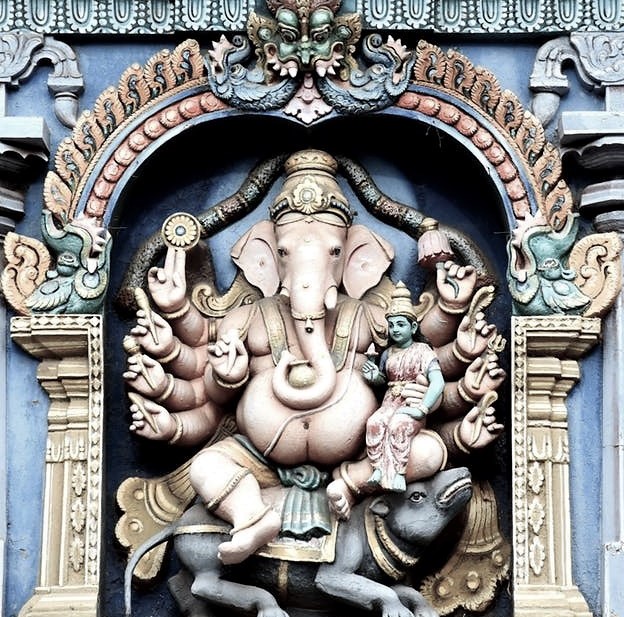- Special FeaturesFoundation Year18th centurySthala TreeTheerthamRathamArchitectureDravidian ArchitectureOther Speciality
- Sthala Puran
The Lakshmikanta Temple is a Hindu (Vaishnava) temple in Kalale, a village in the Nanjangud taluk of the Mysore district, Karnataka state, India.
According to Sthalapurana, "Janamejaya" the crest jewel of the Pandava dynasty hunting along the course of Kapila and Koundinya Rivers is said to have come across this place of natural enemies cows and tigers living peacefully together and identified the Narayana idol in the bushes of bamboo where this temple was built by him. This idol "Lakshmikantha" is of 3 ft and 6 inches height and divinely beautiful. Kalale in Sanskrit means bamboo. Since the idol was recovered from bamboo bushes, the place is known as Kalale.
The Lakshmikanta temple was under the patronage of some of the kings of the Mysore Kingdom. It was expanded and lavish grants were made by king Dodda Krishnaraja I of the Mysore Wodeyar dynasty before c.1732. In the early 18th century, Dalavoy (feudal lord) Devarajiah of the powerful Kalale family donated the impressive metallic figure of the Hindu god Rama to the temple during his last years. According to Habib, Hasan and Sampath, in 1791, the de facto ruler of Mysore, Tipu Sultan, gave the temple gifts in silver including four cups, a plate and a spittoon (padiga). Habib and Hasan claim the inscriptions on the gifts itself provides evidence that the gifts were made by "Tipu Sultan Bahshah".
- Architecture
- Alankar of Deity
- Prayers and BenefitsSpecial Vratas and PrayersOfferings to DeityStotras and Mantras
- FestivalsBrahmotsavam
- Sodasha Upcharas
- Prasadhas
- Social ActivitiesAnnadhanMarriageEar BoringHead ShaveDanaasEducation FacilitiesSocial DrivesOther Activities
- Arjita Seva
- Tags

